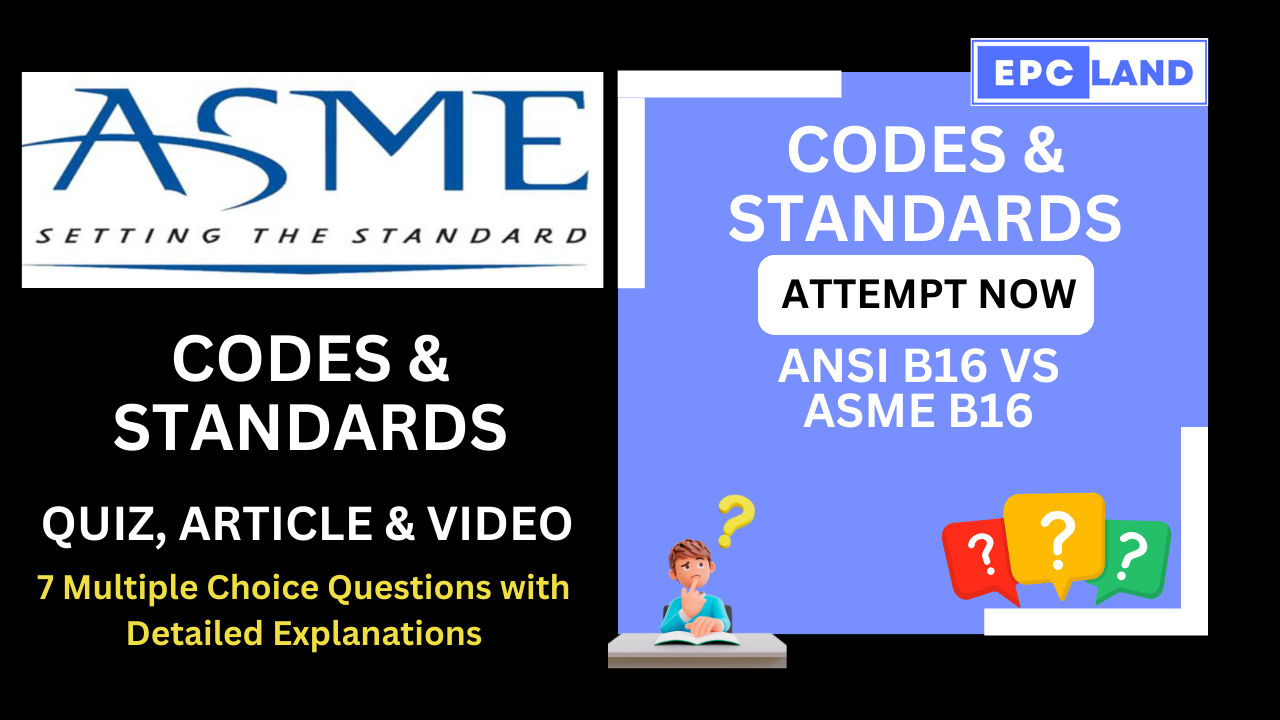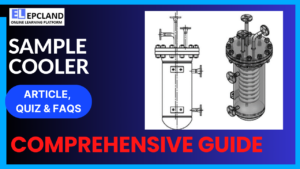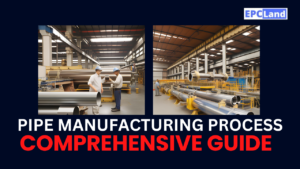
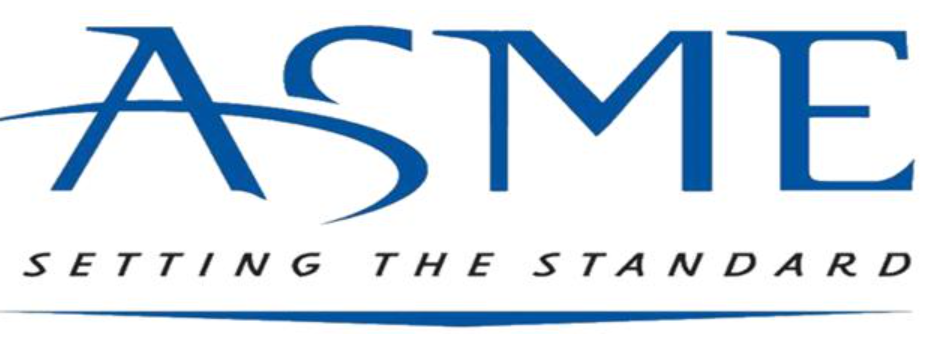
1. Historical Standards
Which organization historically published standards like ANSI B16.5 and ANSI B16.9?
Explanation: Historically, standards like ANSI B16.5 and ANSI B16.9 were published by the American National Standards Institute (ANSI).
2. Co-Development by ASME
What happened to the standards like ANSI B16.5 and ANSI B16.9 over time?
Explanation: Over time, standards like ANSI B16.5 and ANSI B16.9 were adopted and co-developed by the American Society of Mechanical Engineers (ASME).
3. Current Designations
What are the current designations for the standards like ANSI B16.5 and ANSI B16.9?
Explanation: Since 1996, most of these standards have been fully incorporated into ASME, becoming solely ASME B16.5, B16.9, etc.
4. Reasons for Confusion
Why is there confusion between ANSI B16 and ASME B16 standards?
Explanation: The confusion arises due to the industry habit of using outdated “ANSI” or “ANSI/ASME” terminology and references in older documents.
5. Importance of Correct Terminology
Why is using the correct “ASME B16” designation important?
Explanation: Using the correct “ASME B16” designation ensures clarity, avoids confusion, and promotes adherence to the latest safety and technical specifications.
6. Clarity and Compliance
What does referring to the correct standard version (e.g., ASME B16.5-2023) ensure?
Explanation: Referring to the correct standard version ensures adherence to the latest requirements for safety and performance.
7. Overall Understanding
What is the key takeaway regarding the use of “ANSI B16” in the industry?
Explanation: “ANSI B16” might still be used colloquially, but it’s crucial to understand that the official and accurate designation is “ASME B16” for most relevant standards.
25+ Relevant topics on Codes & Standards
Short Article on Codes & Standards

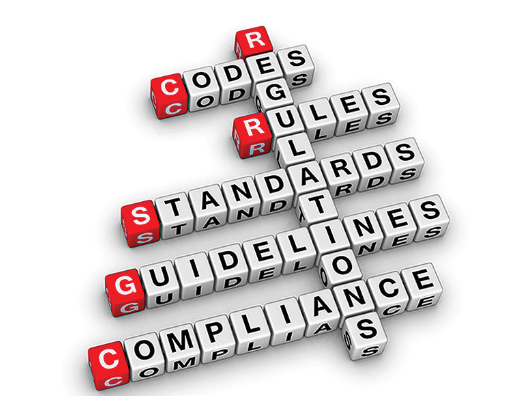
Comprehensive Guide on ANSI B16 and ASME B16 standards
There’s often confusion between ANSI B16 and ASME B16 standards due to their historical connection and continued industry usage of outdated terminology.
Here’s a breakdown of the key points:
- Historically: Many standards like ANSI B16.5, B16.9, etc., existed under the American National Standards Institute (ANSI).
- Merged into ASME: Over time, these standards were adopted and co-developed by the American Society of Mechanical Engineers (ASME), resulting in “ANSI/ASME” designations.
- Current Status: Since 1996, most of these standards have been fully incorporated into ASME, becoming solely ASME B16.5, B16.9, etc.
Reasons for the Confusion:
- Industry Habit: Many professionals and manufacturers still use the outdated “ANSI” or “ANSI/ASME” terminology out of habit or unawareness of the full transition to ASME.
- Information Sources: Older documents, websites, and catalogs might still reference the outdated designations.
Importance of Using the Correct Terminology:
- Clarity and Accuracy: Using the current “ASME B16” designation ensures clarity and avoids potential confusion when referencing or ordering these standards.
- Compliance and Safety: Referring to the correct standard version (e.g., ASME B16.5-2023) ensures adherence to the latest requirements for safety and performance.
Overall:
While “ANSI B16” might still be used colloquially, it’s crucial to understand that the official and accurate designation is ASME B16 for most relevant standards. This ensures clear communication, avoids confusion, and promotes adherence to the latest safety and technical specifications.
I hope this explanation clarifies the situation and helps you navigate the world of ASME B16 standards accurately!
Table of Contents
Don’t miss the Course on Effective Isometrics Management: Check Now
Enrollment Link
Recommended courses (Published on EPCLand)
- Complete Course on Piping Engineering
- Basics of Piping Engineering
- Piping Layout Engineering
- Piping Material Engineering
- Piping Stress Analysis
- Material Requisitions
- Piping Material Specifications
- Valve Material Specifications
- Plant Design & Layouts-OISD 118
- Isometric Management
Library of Technical Articles
Don’t miss out the collection of 15+ articles on following topics:
- Basics of Oil and Gas Industry
- Valves
- Testing
- Tank
- Piping Bulk Items
- Pipe
- Metallurgy
- Piping Materials
- Layout
- Instrumentation
- Heat Exchanger
- Type of Contracts
- Codes and Standards
- ASTM Standards
- Articles on Piping Specialty Items
Video details of Complete Course on Piping Engineering
Why Enroll in the EPCLand
Proven Track Record– PTR
Activities & Achievements before launching EPCLand
- Published more than 50+ short courses
- 3000+ Enrolments
- More than 3,500,00 Minutes of watch hours in the last 2 years
- 4000+ Students in 100+ Countries
- Rating of 4+ out of 5
- 1000+ YouTube Videos
- 8K+ Subscribers
What Students will Learn
- Codes & Standards of the Energy Sector
- Piping Material Engineering
- Piping Layout Engineering
- Stress Analysis
Interesting facts
- All the published courses have been developed by Industry Experts with more than 2 decades of experience
- Content is based on Practical experience and real-time problems.
- Content is designed and organized in such a manner that it can be easily grabbed.
- Complete website, Blogs and Quiz sections are Planned, Designed and published by myself (About me: Atul Singla)
- Complete flexibility of Time & Location, Students can access the content from anywhere & anytime
- Moreover, once enrolled, the content can be access as many times as you want, which helps in understand the fundamentals in a better way.
Conclusion
In conclusion, our courses are meticulously crafted by industry experts with over two decades of hands-on experience. The content is rooted in practical knowledge, addressing real-time problems. The material is thoughtfully designed and organized for easy comprehension. Every aspect, from the website to blogs and quizzes, has been planned, designed, and executed by Atul Singla, ensuring a comprehensive and seamless learning experience. With the flexibility of accessing the content at any time and from any location, students have the freedom to learn on their terms. Furthermore, enrollment grants unlimited access, allowing learners to revisit the material as often as needed, fostering a deep understanding of the fundamentals.
